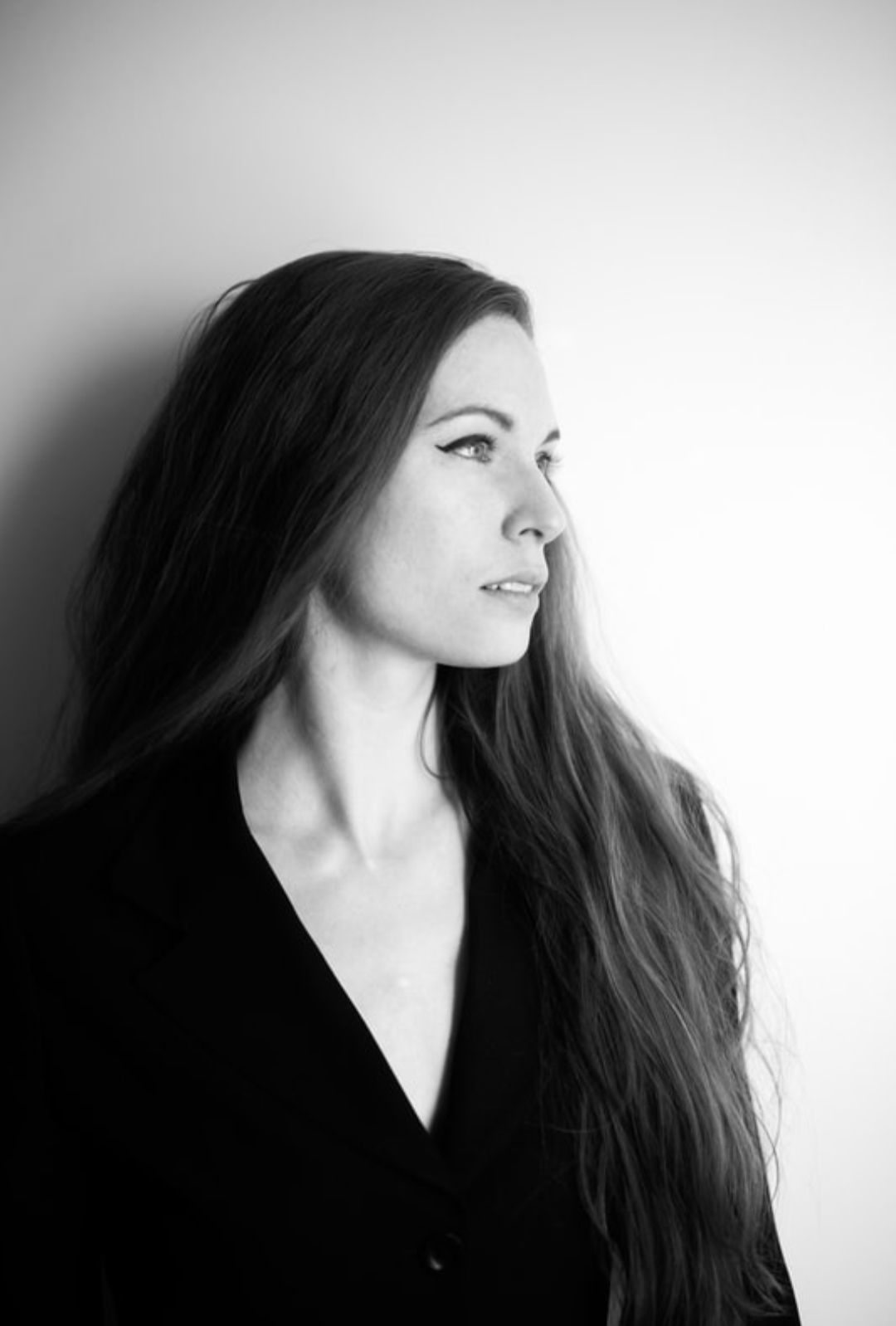Alright – so today we’ve got the honor of introducing you to Erica Johnston. We think you’ll enjoy our conversation, we’ve shared it below.
Erica, thanks for joining us, excited to have you contributing your stories and insights. How did you learn to do what you do? Knowing what you know now, what could you have done to speed up your learning process? What skills do you think were most essential? What obstacles stood in the way of learning more?
I grew up studying classical ballet and the creative arts- I taught myself to roughly hand sew first as a kid, and my mom taught me to use a sewing machine when I was around 7 years old. For the dance productions I was part of, I volunteered quite a bit with the costume team, which was lead by professional stitchers affiliated with the university in my hometown. They noticed that I was interested in costuming and taught me more technical skills, and continued to give me projects that increased in difficulty through my teen years. In college, I worked closely with the head of the dance department costume shop (Kathleen Egan at Butler University) to further my skills. I was very lucky that costuming is so intimately related to dance, and I had ample opportunities for hands-on learning for the duration of my education. These were opportunities that I sought out outside of my degree path and/or without compensation; I was willing to put in the hours because the act of physical creation was very exciting to me, particularly because dance itself is such an ephemeral art form that often leaves nothing tangible after shows are done. I took a lot of pride in seeing my friends and classmates wearing my work to perform; it felt like a different and new way to put myself out there, creatively speaking, and it left me with physical proof of the work I was doing. I am really lucky to have a mom who supported me wholeheartedly, allowing my projects to expand all over the house while I worked and shuttling me from class to class as a kid. She never made me feel like I was doing anything “wrong” when I was trying my hand at a new skill, but rather celebrated the creative/curious process. I think the most beneficial part of my education was my own curiosity and willingness to create learning opportunities of my own rather than waiting for someone to hand them to me; I also took advantage of the opportunities that did come up with total enthusiasm.
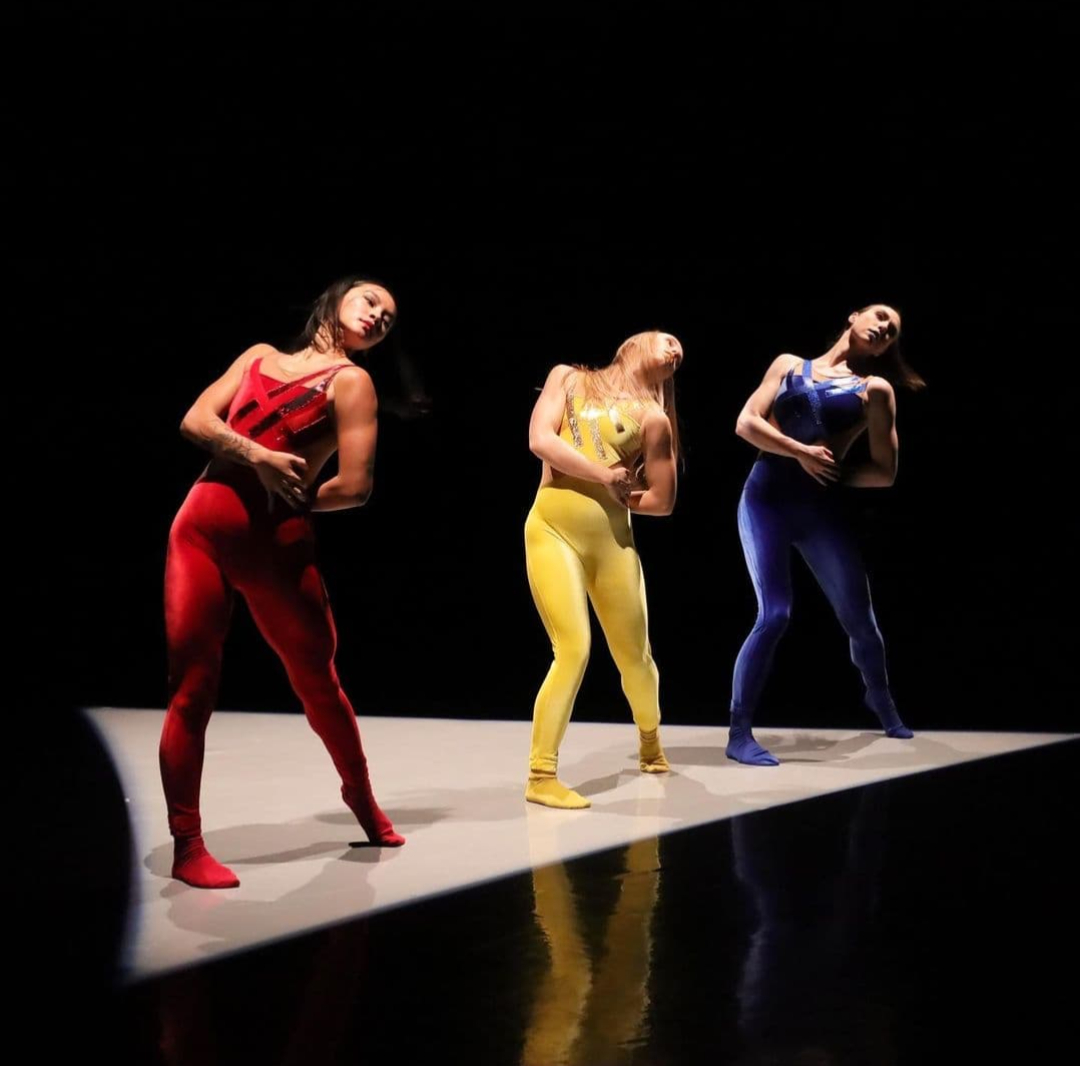
Awesome – so before we get into the rest of our questions, can you briefly introduce yourself to our readers.
I am a costume designer and builder with a background in professional concert dance (classical ballet, contemporary, and modern). I came into costuming in parallel with my dance training, apprenticing in the costume shop at each school I attended. I’ve been based in NYC for a decade, and primarily design for dance; I firmly believe that my own performing experience gives me a huge advantage because I understand the physical needs a costume has to accommodate, and I know what it feels like to wear costumes that help (or hinder) my dancing. I myself am quite tall and have worn costumes over the years that made me as a young performer feel “too big”; I hope to use my art now to make dancers feel their absolute best and most confident going into production. I am most proud of the fact that I moved to New York with very few connections and have built a full-time business in an industry that I love. I spend the fall and spring seasons creating costumes for productions, and in the summertime I turn whatever scrap fabric I have left over into one-of-a-kind, ready-to-wear dance wear that I sell in NYC. It has become a really fun way to practice sustainability and also to connect my own dance community; people will recognize my dancewear “in the wild” so to speak (open class, etc) and connect with one another based on the garment as an icebreaker. I love that my work can help people feel unique and confident both in the studio and on-stage! When I was a senior in college, I wore one of my own pieces to take open class in NYC while in town for an audition; that leotard got me noticed by the head of the costume shop at the Ailey School, and when he inquired about where I got it and I told him I made it, he offered me a job on the spot. After moving to NYC I worked in that shop for six years and continue to work with him and many of my other team members from that shop independently to this day. The dance world is so connected, and our community is our greatest resource!
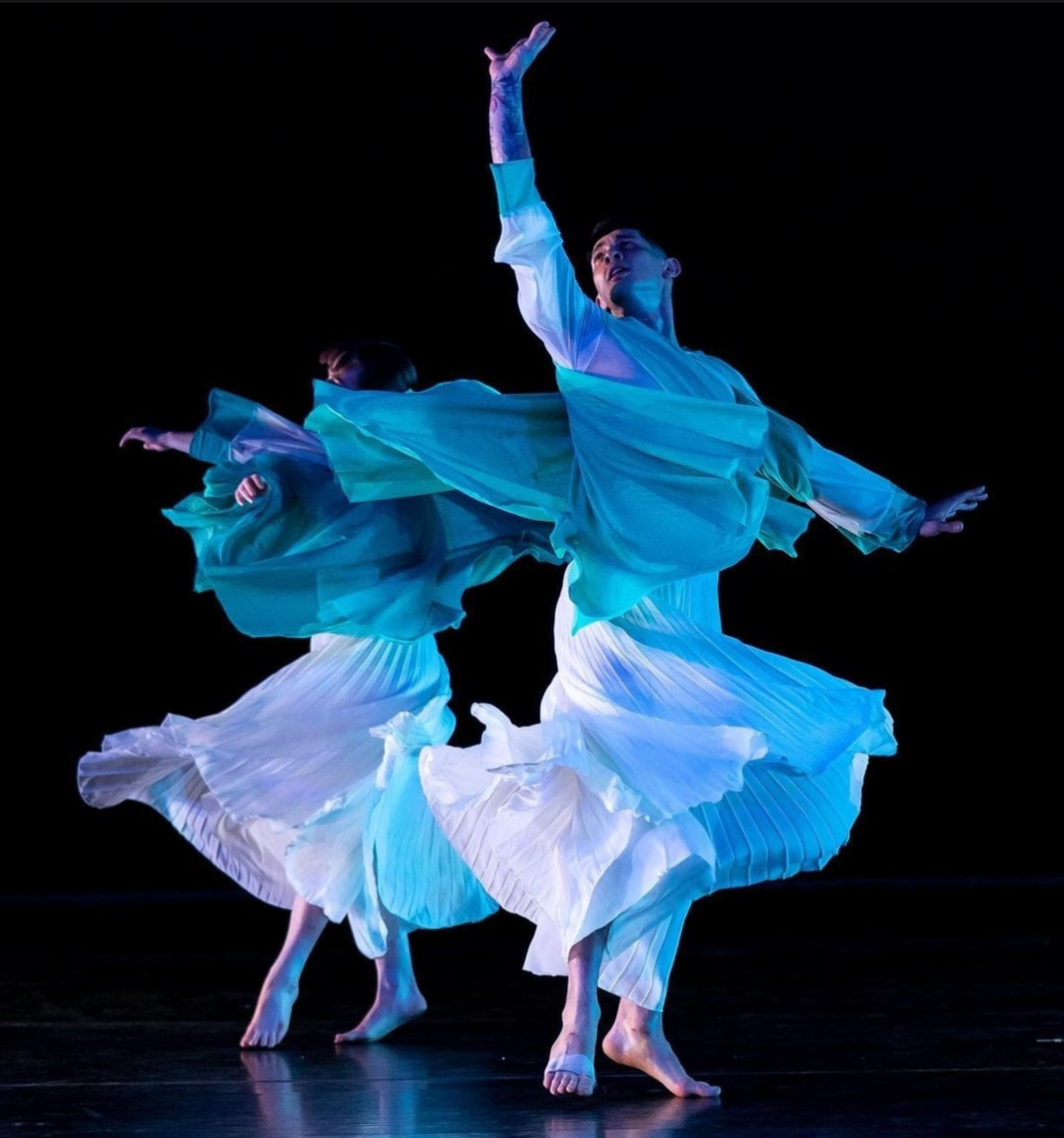
How about pivoting – can you share the story of a time you’ve had to pivot?
I have had several pivot points in my career; the most notable being my transition from performing professionally in dance to working in costuming. When I moved to New York I did a fair amount of freelance/project based work with smaller companies and independent creators while auditioning as much as I could afford to for larger companies. I frequently made it through many exhausting rounds, ultimately to be told that while I was a talented dancer there was not a place for me at that time; often this was because I was “too tall”. It burned me out from the artform both physically and emotionally. Around this time I was getting offered more and more costume work without ever having to submit a resume or “prove myself”- I was already viewed as talented enough and it was extremely validating. When I stopped trying to perform full time I took a break from dancing for a year, and eventually fell back in love with dancing, not because I was trying to prove my worth but because the art form captivated me and made me feel liberated. I’m still taking class four days a week but now I do it for my own fulfillment. I’ve been able to contribute profoundly to the industry as a costume designer and I also try to never make anyone feel like their body is “Too This” or “Too That”. I am grateful to be part of a physical acceptance culture shift within the industry, and I also believe that I am making creative history as a designer that I would not have been able to make as a performer.
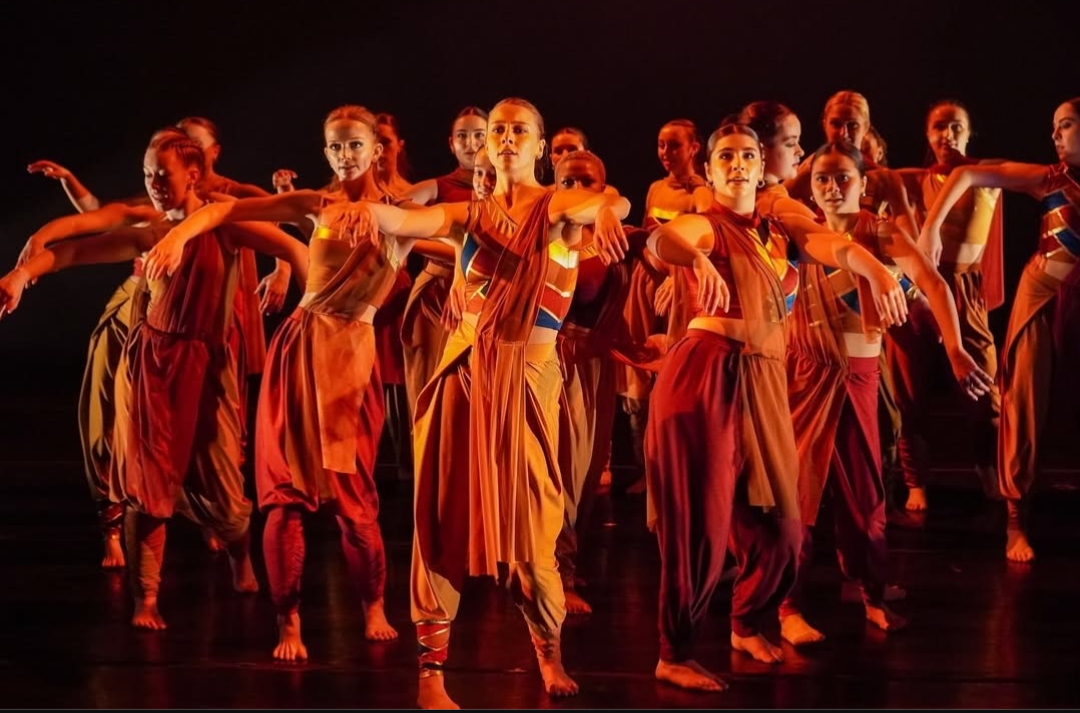
What do you find most rewarding about being a creative?
I am most rewarded in my work by being able to shape the overall experience of both viewing (for the audience) and performing in (for the cast) a piece. I have the ability to help a choreographer visually communicate the language and intention of a piece based on how I dress the dancers, and conversely the responsibility of helping an audience understand what is happening in a nonverbal art form that can often feel ambiguous, particularly if they are not a frequent dance-goer. Most of the time, all that people will ever see of a work is a photograph (particularly in the age of social media) if they can’t attend a production in person, so I have one chance at a visual impression to communicate the entire context of a work (after all, an arabesque is just an arabesque, but if the dancer is in a white feathered tutu it’s probably Swan Lake, while if they’re in black pants and a blazer it’s an entirely different ballet). I am grateful to be able to build a visual world in which the dance can exist, often in partnership with a lighting and/or scenic designer. I am equally, if not even more rewarded, by making performers feel good about their bodies and excited to perform a piece; if I get someone dressed and their first response is to twirl around in their skirt or strike a fabulous pose in the mirror, I know I have done well. Dance is an art form that inherently rarely gives its practitioners the time to feel proud of their bodies rather than critical; I am grateful to help people feel that joy. I once had the parent of a young male dancer contact me because their son loved wearing skirts to his dance classes but was teased for it; the parent brought him to a show I designed in which male-presenting dancers wore skirts. They told me that their child lit up and felt instantly validated and empowered to wear what made him feel good, and that if anyone ever teased him again he could just tell them that “his own ballet teacher (one of the dancers in the show) wore them too! Boys can wear skirts!”. I cried when I got that email. That’s it. That’s the reason, that’s the reward.
Contact Info:
- Website: https://www.pointecreations.com
- Instagram: @edjohnst
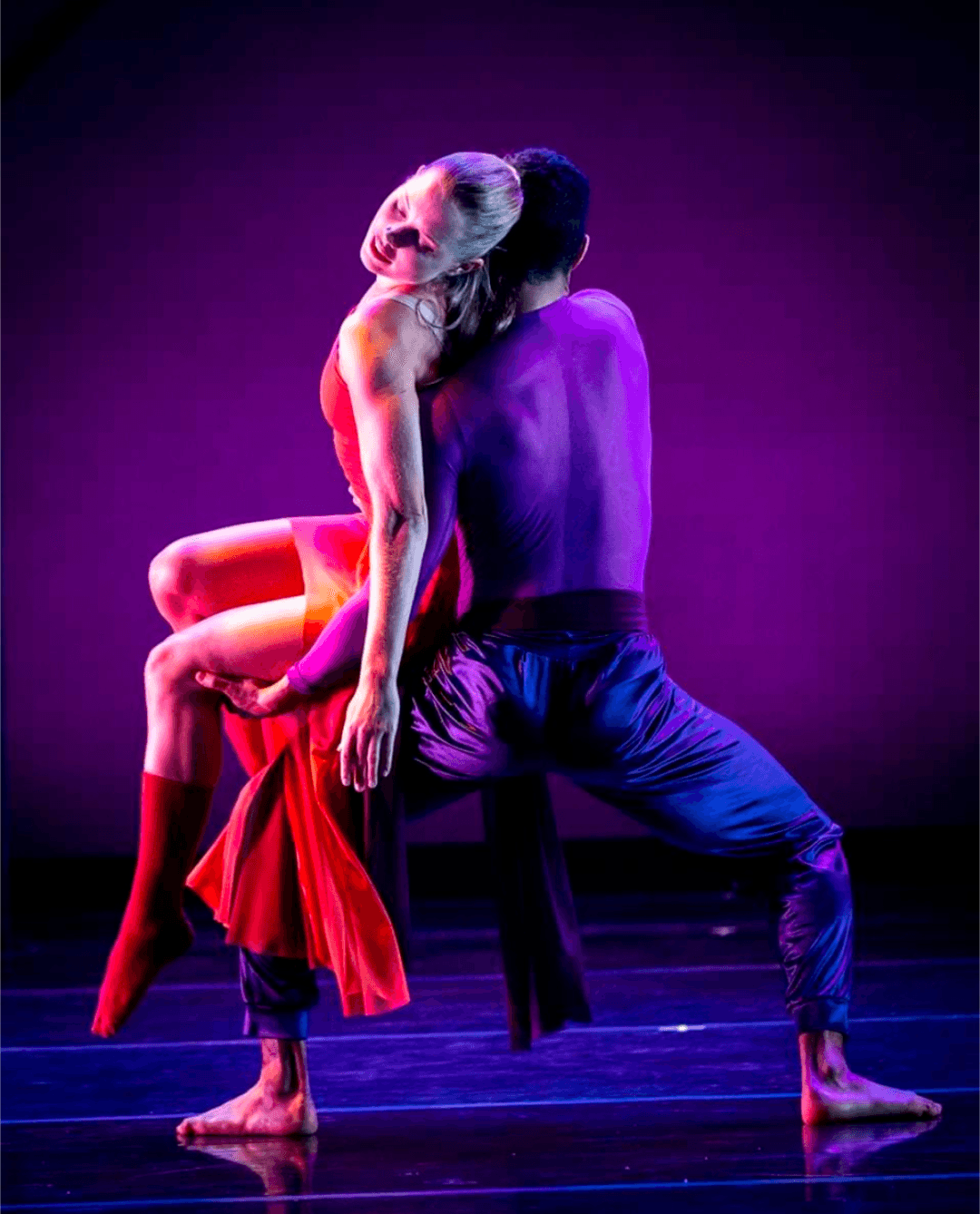
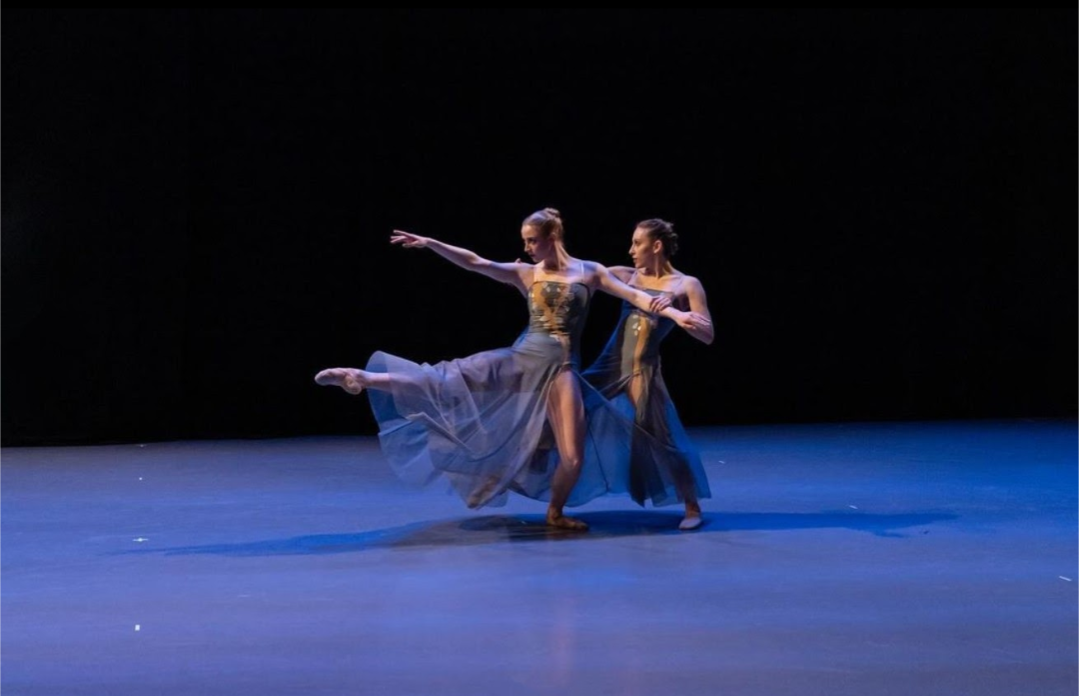
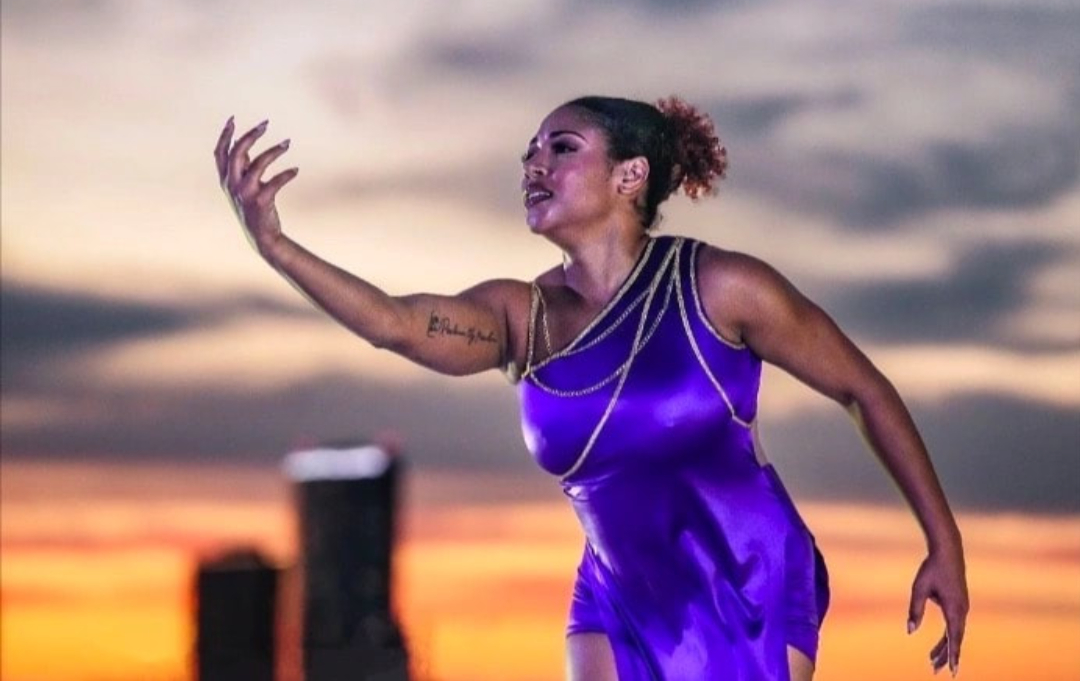
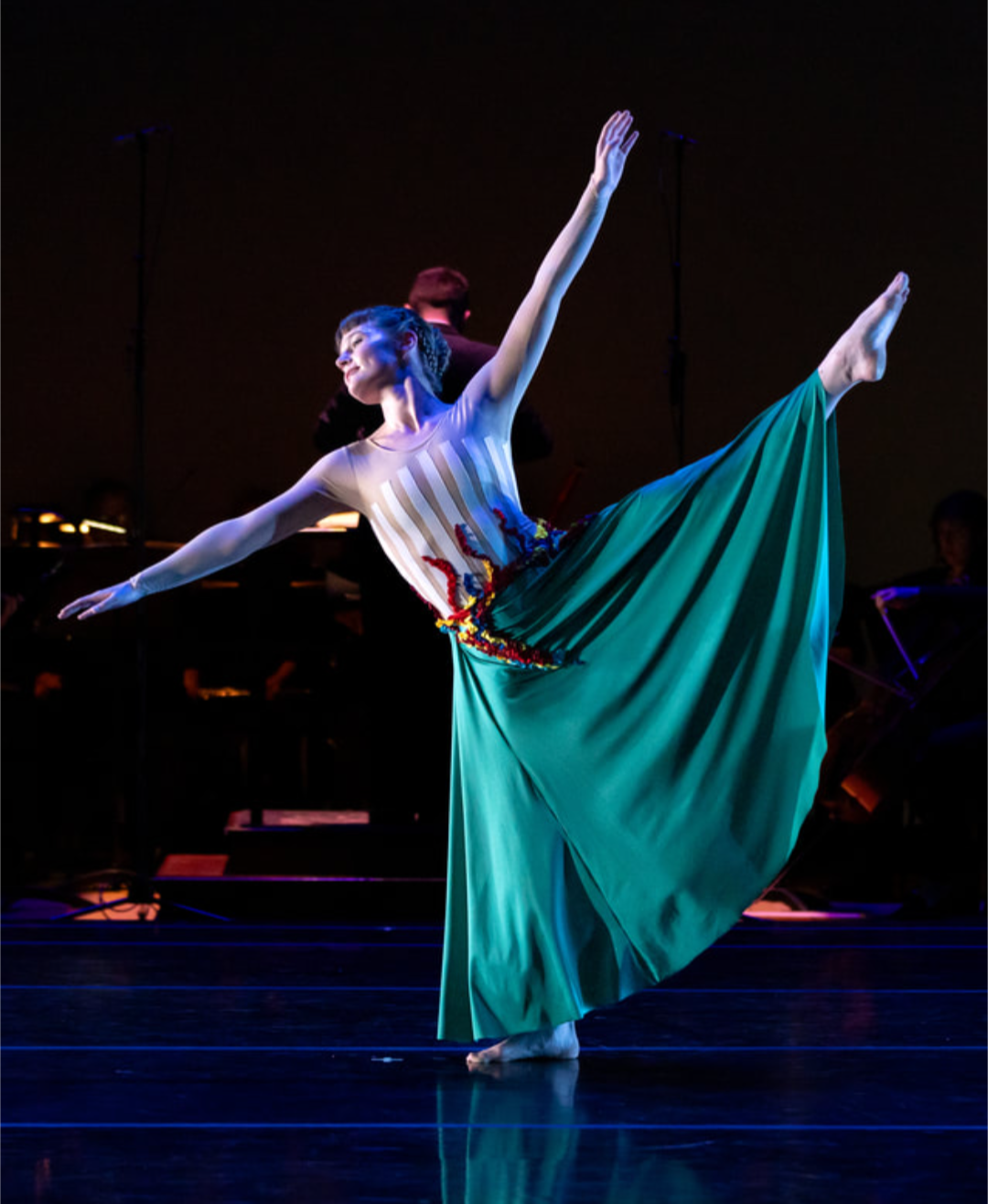
Image Credits
Headshot: Ann Marie Amick
1. Valerie Kosnevich (Peridance Company)
2. Lora Olive (Dance Kaleidoscope)
3. Nisa Tatum (Marymount Manhattan College)
4. Lora Olive (Dance Kaleidoscope)
5. Brett Pruitt (Kansas City Ballet)
6. Steven Pisano (McKoy Dance Project)
7. Lora Olive (Dance Kaleidoscope)


